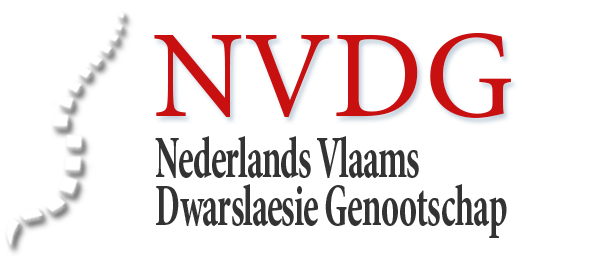Everyday physical activity
- Rita van den Berg, PhD (Researcher)
- Hans Bussmann, PhD (Project leader)
- Henk Stam, MD, PhD (Project leader)
- Michael Bergen, MD, PhD
- Tebbe Sluis, MD
Physical activity is an important aspect of the rehabilitation process. However, the course of everyday physical activity is unknown, as well as its determinants. Although relationships between everyday physical activity, and skills, daily functioning, participation and quality of life can be expected, these relations have not been examined in detail so far.
Physical activity is generally measured with methodologically ‘limited’ techniques, such as questionnaires, diaries and simple objective indicators. At the Dept. of Rehabilitation of the Erasmus University Rotterdam, an innovative Activity Monitor (AM) has been developed. With this instrument it is possible to measure objectively, long-term (>48 hrs) and in detail the physical activities (postures, posture transitions, movements, including wheelchair driving) during normal daily life. The AM consists of 4 to 6 accelerometers, attached at the legs, trunk and arms, a portable recorder and analysis software. The AM is validated and applied for several patient groups. The AM has not been studied in SCI. The current project focuses towards the detailed measurement of daily physical activity in SCI patients during rehabilitation.
Research Questions
- What is the reliability and validity of the AM in SCI patients during rehabilitation?
- What is course of daily physical activity, as measured with the AM, of SCI patients during admission and after discharge from the rehabilitation centre?
- What are the determinants of (the restoration of) physical activity?
- What are the relationships between everyday physical activity, and parameters for skills, daily functioning and participation and quality of life at the other?
The first phase will aim at the validity of measurements with the AM. For research questions 2 to 5 patients (n=50) will be included from Rehabilitation Centre Rijndam. Patients will be measured at 5 moments in time: at the beginning of rehabilitation (T1), 3 months after T1, at discharge from the rehabilitation centre, 3 months after discharge and 12 months after discharge (T4). Everyday physical activity will be measured with the AM, during two subsequent days. Physical activity will be measured also with a diary, an activity questionnaire, heart rate and a speedometer. Parameters for function, skill, daily functioning, participation and quality of life will be measured. Different prognostic factors will be studied: ASIA classification, time since injury, start of rehabilitation, and initial aerobic capacity, & activity level, and wheelchair skills.
You can read more about this project in the newsletters: Newsletter 2005 and Newsletter 2007
List of publications
- A prospective study on physical activity levels after spinal cord injury during inpatient rehabilitation and the year after discharge. Van den Berg-Emons RJ, Bussmann JB, Haisma JA, Sluis TA, Van der Woude LH, Bergen MP, Stam HJ. Arch Phys Med Rehabil. 89(11): 2094-101, 2008.





